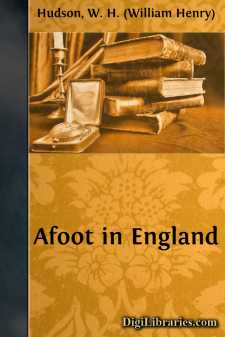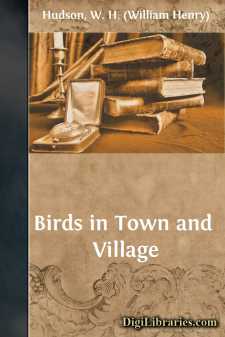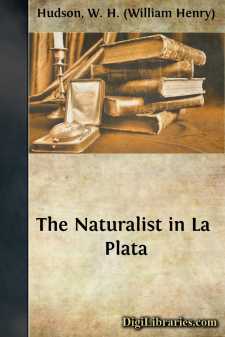Categories
- Antiques & Collectibles 13
- Architecture 36
- Art 48
- Bibles 22
- Biography & Autobiography 813
- Body, Mind & Spirit 138
- Business & Economics 28
- Children's Books 12
- Children's Fiction 9
- Computers 4
- Cooking 94
- Crafts & Hobbies 4
- Drama 346
- Education 46
- Family & Relationships 57
- Fiction 11821
- Games 19
- Gardening 17
- Health & Fitness 34
- History 1377
- House & Home 1
- Humor 147
- Juvenile Fiction 1873
- Juvenile Nonfiction 202
- Language Arts & Disciplines 88
- Law 16
- Literary Collections 686
- Literary Criticism 179
- Mathematics 13
- Medical 41
- Music 40
- Nature 179
- Non-Classifiable 1768
- Performing Arts 7
- Periodicals 1453
- Philosophy 64
- Photography 2
- Poetry 896
- Political Science 203
- Psychology 42
- Reference 154
- Religion 505
- Science 126
- Self-Help 81
- Social Science 81
- Sports & Recreation 34
- Study Aids 3
- Technology & Engineering 59
- Transportation 23
- Travel 463
- True Crime 29
Afoot in England
Description:
Excerpt
Chapter One: Guide-Books: An Introduction
Guide-books are so many that it seems probable we have more than any other country—possibly more than all the rest of the universe together. Every county has a little library of its own—guides to its towns, churches, abbeys, castles, rivers, mountains; finally, to the county as a whole. They are of all prices and all sizes, from the diminutive paper-covered booklet, worth a penny, to the stout cloth-bound octavo volume which costs eight or ten or twelve shillings, or to the gigantic folio county history, the huge repository from which the guide-book maker gets his materials. For these great works are also guide-books, containing everything we want to learn, only made on so huge a scale as to be suited to the coat pockets of Brobdingnagians rather than of little ordinary men. The wonder of it all comes in when we find that these books, however old and comparatively worthless they may be, are practically never wholly out of date. When a new work is brought out (dozens appear annually) and, say, five thousand copies sold, it does not throw as many, or indeed any, copies of the old book out of circulation: it supersedes nothing. If any man can indulge in the luxury of a new up-to-date guide to any place, and gets rid of his old one (a rare thing to do), this will be snapped up by poorer men, who will treasure it and hand it down or on to others. Editions of 1860-50-40, and older, are still prized, not merely as keepsakes but for study or reference. Any one can prove this by going the round of a dozen second-hand booksellers in his own district in London. There will be tons of literary rubbish, and good stuff old and new, but few guidebooks—in some cases not one. If you ask your man at a venture for, say, a guide to Hampshire, he will most probably tell you that he has not one in stock; then, in his anxiety to do business, he will, perhaps, fish out a guide to Derbyshire, dated 1854—a shabby old book—and offer it for four or five shillings, the price of a Crabbe in eight volumes, or of Gibbon's Decline and Fall in six volumes, bound in calf. Talk to this man, and to the other eleven, and they will tell you that there is always a sale for guide-books—that the supply does not keep pace with the demand. It may be taken as a fact that most of the books of this kind published during the last half-century—many millions of copies in the aggregate—are still in existence and are valued possessions.
There is nothing to quarrel with in all this. As a people we run about a great deal; and having curious minds we naturally wish to know all there is to be known, or all that is interesting to know, about the places we visit. Then, again, our time as a rule being limited, we want the whole matter—history, antiquities, places of interest in the neighbourhood, etc. in a nutshell. The brief book serves its purpose well enough; but it is not thrown away like the newspaper and the magazines; however cheap and badly got up it may be, it is taken home to serve another purpose, to be a help to memory, and nobody can have it until its owner removes himself (but not his possessions) from this planet; or until the broker seizes his belongings, and guide-books, together with other books, are disposed of in packages by the auctioneer....












